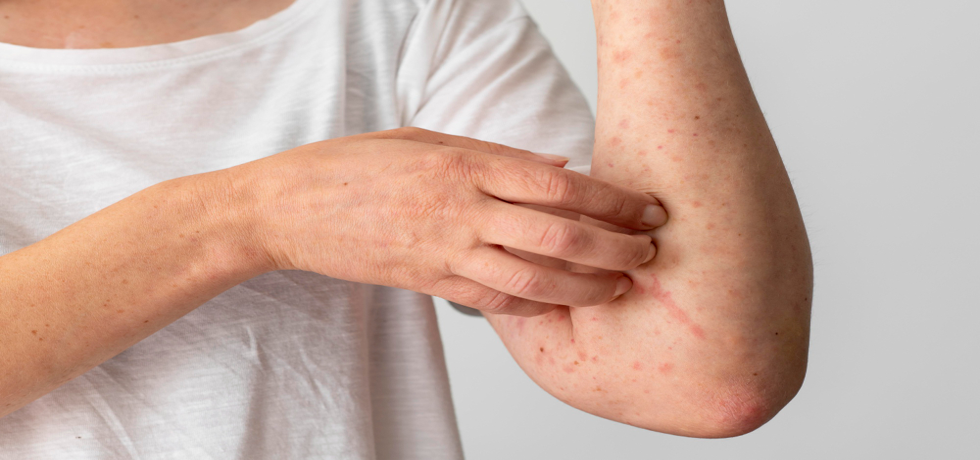
Regain Smooth Skin: The Ultimate Guide to Removing Chicken Pox Scars
Understanding Chicken Pox and Its Scars
If you’ve experienced chickenpox in your childhood, you may find yourself dealing with the lasting impact of this common viral infection in the form of scars. Chickenpox, caused by the varicella-zoster virus, leads to painful blisters and itchy rashes, and unfortunately, it can also leave behind unsightly scars. Understanding how to remove chickenpox scars is vital for many looking to regain smooth skin and restore their confidence. This ultimate guide serves to educate you about the types of scars, their causes, and effective treatments available to minimize their appearance.
Types of Chicken Pox Scars
Chickenpox can leave various marks on the skin, categorized into different types of scars. Atrophic scars occur as depressed marks, indicating a loss of skin tissue during the healing process. On the other hand, hypertrophic scars are raised and result from an excess of collagen in the recovery phase. Additionally, ice pick scars are narrow and deep, while boxcar scars appear as broad depressions with distinct edges. Lastly, rolling scars have an uneven, wavy appearance. Understanding these types can help tailor your approach toward effective chickenpox scar treatment options.
Causes Behind Chicken Pox Scars
While chickenpox marks are part and parcel of the body’s healing process, several factors can increase the risk of scarring. Scratching the blisters exacerbates scars, creating deeper lesions. Similarly, the severity of the infection can significantly impact the healing response, with more severe cases likely leading to worse scarring. Interestingly, a person’s age plays a role; younger children might be more susceptible to developing scars as their skin is still maturing. Lastly, genetics can influence scarring, with some individuals more predisposed than others.
Effective Treatments for Chicken Pox Scars
Fortunately, several options are available for those seeking to minimize or remove chickenpox scars. Procedures like microneedling with a dermapen can help stimulate collagen production and promote smoother skin. For those seeking an advanced approach, Microneedling with Radio Frequency (MNRF) utilizes radio waves combined with microneedling to further enhance healing. Chemical peels, which remove the outer layer of skin, also encourage the growth of new skin and can effectively reduce scarring visibility. Moreover, dermal fillers can raise depressed scars, aiding in achieving a more even skin texture. Always consult with a dermatologist, like those at The Skin Artistry, to develop a personalized treatment plan best suited to your skin’s unique needs.
How to Prevent and Reduce Chicken Pox Marks
Prevention is always better than cure when it comes to chickenpox scars. Avoid scratching the blisters, as this can lead to deeper marks. It’s essential to manage symptoms promptly with medical advice to lessen the infection’s severity. Additionally, maintain hydration and healthy skin practices to support natural healing processes. Using a good skincare routine that includes gentle cleansing and moisturizing can further aid your skin’s recovery. Sun protection is critical since UV rays can darken scars. Use SPF 30 sunscreen to shield healing skin, preventing hyperpigmentation and preserving your skin’s health.
Takeaway: Smooth Skin Awaits
While chickenpox scars might seem permanent, effective treatments are available to help you regain smooth skin. Being informed about the types, causes, and treatment options encourages individuals to take action on their journey toward clearer skin. Its never too late to explore these effective solutions available specifically at The Skin Artistry. Consult a dermatologist to determine the best course of action tailored to your unique skin.
FAQs Around Chicken Pox Marks
Are chicken pox marks permanent?
Chicken pox marks may not always be permanent. Factors like infection severity and individual skin characteristics may play a role in their longevity.
Chicken pox marks may not always be permanent. Factors like infection severity and individual skin characteristics may play a role in their longevity.
How long do chicken pox marks take to fade?
Marks may start to fade within weeks, but severe scars can take months. Professional treatment may speed up this process.
Can sunlight impact chickenpox scars?
While sunlight is beneficial, it can worsen the appearance of chickenpox scars if skin protection is not utilized. Always use a suitable sunscreen during recovery.
For professional assistance and expert advice from leading dermatologists like Dr. Hital Patel, experience the benefits of Regain Smooth Skin: The Ultimate Guide to Removing Chicken Pox Scars with Hair & Skin Specialist Dr. Hital Patel at The Skin Artistry. Our clinics in PDPU Gandhinagar, Vastrapur Ahmedabad, and Hyderabad (Visiting Consultant) offer top-quality care and personalized treatments. Visit us today to learn more about our services and take advantage of our special offers! For more insights, updates, or to collaborate, stay connected with The Skin Artistry.

